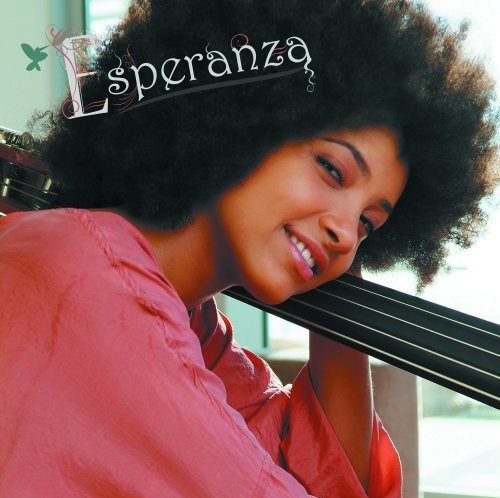
Recorded last year at Pirouet's Munich studios, Marc Copland's Another Place is the first in a triptych series called "New York Trio Recordings" that has the onetime alto sax player making his case as a top American jazz pianist. Accompanied by guitarist John Abercrombie, bassist Drew Gress, and drummer Billy Hart -- the same lineup that coalesced around 1996's Second Look (Savoy) -- Copland makes a convincing argument. Together the established jazzmen inhabit a rich sonic landscape ranging from the ethereal to the supple and probe terrains beyond the horizon. The seven-track disc opens with Copland's "Like You" as a sparse number that begins to build in heightened intensity between piano and Abercrombie's guitar. It's an intricate conversation that reveals how years of playing together have allowed Copeland and Abercrombie to compliment each other in symbiotic improvisation. "River Bend" is an Abercrombie composition that begins with an atmospheric intro and segues into urgent piano progressions, stampeding drum rolls, and quasi psychedelic, hypnotic guitar flourishes that hint at Abercrombie's progressive, rock-influenced background. When things start to get a little trippy Copland's piano reigns in the rambling explorations by reverting to straight-ahead jazz lines. Of course the whole thing ends in controlled storming, with Hart smashing the cymbals and plodding staccato thwacks around Copland's chord crescendos and Abercrombie's lightning-fingered riffing. Midway things cool down a bit with "Dark Horse," a Drew Gress composition with subdued shades tinged in melancholy and bordering on the sublime. "Car Blue Lady," veers into a midtempo, finger-snapping groove sustained by sizzled drum loops and Copland and Abercrombie's tightly-crafted give and take. Next up the title track "Another Place," really showcases Copland's prowess on the piano. The disc ends with legendary songwriter Cole Porter's "Everything I Love" (1941). A standard from the American Songbook, it's given sanguine treatment in a translucent interpretation that lays the groundwork for some amazing discs to follow.





